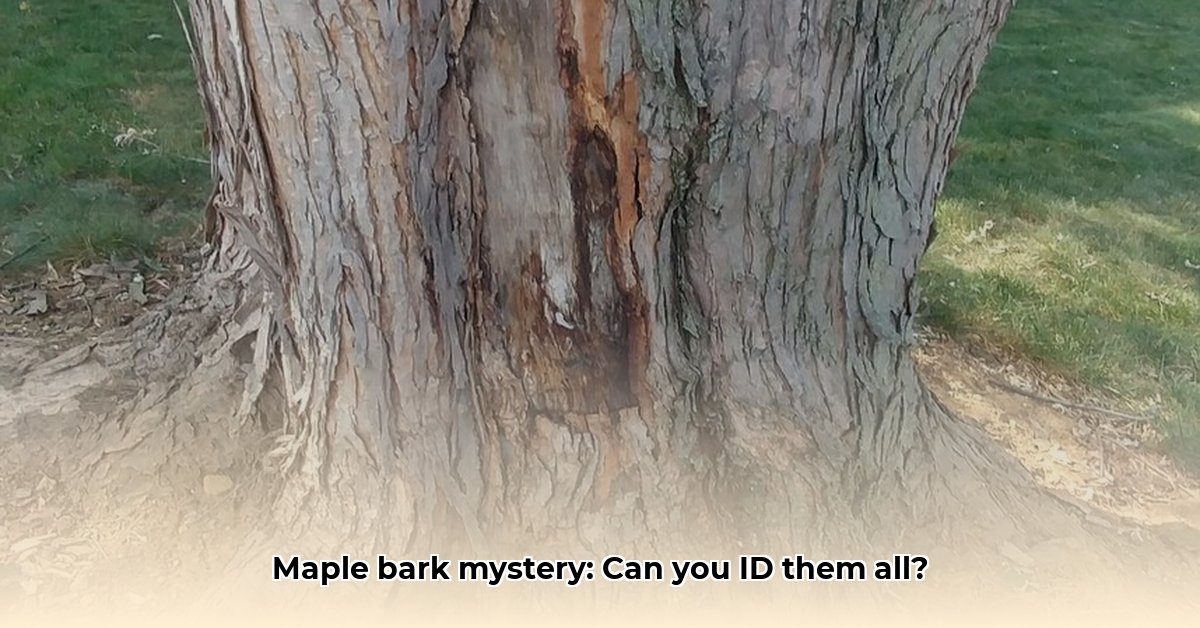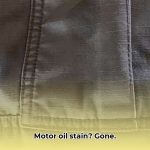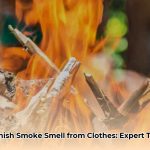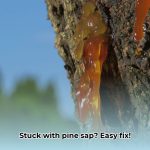Deciphering the Secrets of Maple Bark
Maple trees, even without their leaves, possess a unique “fingerprint” in their bark. This guide unlocks the secrets of maple bark, enabling you to distinguish between species throughout the year. We’ll explore the evolution of bark as the tree matures, the distinctive characteristics of various maples, and how to identify potential signs of disease or damage. Let’s embark on this journey to become seasoned maple bark detectives!
The Vital Role of Maple Bark
Maple bark is not merely an outer shell; it’s a dynamic, living organ crucial for the tree’s survival. Like human skin, it provides protection from harsh weather, pests, and diseases, while also transporting nutrients. The unique bark patterns of each maple species offer a year-round identification method.
A Visual Guide to Maple Bark Identification
This table summarizes key bark characteristics for various maple species:
| Maple Species | Bark Characteristics | Key Features |
|---|---|---|
| Sugar Maple | Starts smooth and light gray, developing long, vertical furrows and plates with age. | Mature bark resembles jigsaw puzzle pieces, light gray to brown. |
| Black Maple | Similar to Sugar Maple, but typically darker with more pronounced furrows. | Deeply furrowed, almost black. |
| Red Maple | Smooth and light gray initially, transitioning to rough, ridged, and scaly. | Scaly plates, often with a reddish tinge, especially on younger branches. |
| Silver Maple | Gray bark peeling in long, thin strips on older trees. | Shaggy appearance due to peeling bark, distinctive silvery-gray color. |
| Paperbark Maple | Exfoliating bark in thin, papery sheets, revealing cinnamon-colored inner layers. | Peeling bark resembles old paint, revealing striking coppery hues. |
| Three-flowered Maple | Grayish-brown bark peeling vertically, exposing a warm orange-brown underlayer. | Vertical strips of peeling bark showcase orange-brown tones. |
| Amur Maple | Gray-brown bark, often smooth initially, developing shallow fissures with age. | Relatively smooth, even when mature. |
| Japanese Maple | Variable, often greenish or reddish-brown in youth, maturing to smooth gray. | Typically smooth with subtle gray hues, though color can vary among cultivars. |
| Norway Maple | Gray to black bark with shallow, interconnected furrows, creating a tight network of ridges. | Fine, interconnected network of furrows is key. |
| Chalkbark Maple | Whitish bark darkening and developing ridges near the ground with age. | Distinctive whitish bark. |
The Aging Process of Maple Bark
Maple bark, like us, changes with age. A young Sugar Maple’s smooth, gray bark gradually transforms into the deeply furrowed, plated bark of a mature tree. This transformation is likely due to growth and environmental stressors, causing expansion, cracking, and distinctive patterns.
Recognizing Signs of Distress
Maple bark can reveal signs of distress. Sunken areas, cankers (dead bark sections), or unusual growths may suggest disease or insect infestation. Recognizing these signs enables early intervention. Ongoing research continually refines our understanding of tree diseases; consult local arborists or forestry organizations for current information.
Regional Variations and Ongoing Research
A Sugar Maple’s bark can subtly vary depending on its location, probably influenced by climate and soil. Current research suggests environmental conditions play a significant role in these variations. Ongoing studies explore the genetic and environmental factors influencing bark development.
A Step-by-Step Guide to Maple Bark Identification
Let’s put our knowledge into practice. This guide provides a practical approach to identifying maples by their bark.
-
Sugar Maple (Acer saccharum): Mature bark resembles interlocking jigsaw puzzle pieces – deeply furrowed with vertical plates. Younger trees have smooth, gray bark.
-
Red Maple (Acer rubrum): Smooth, polished bark in youth. Mature bark develops plate-like scales, sometimes curling outwards, in dark gray, occasionally with reddish tints.
-
Silver Maple (Acer saccharinum): Slightly shaggy bark even in youth, with loose, flaky plates. Mature bark develops prominent furrows and long, peeling strips, giving a shedding appearance.
-
Norway Maple (Acer platanoides): Smooth bark initially, maturing to a distinctive network of shallow, interconnected ridges, often dark gray to almost black.
-
Other Maples: Refer to the table above for characteristics of other maple species, including Paperbark, Japanese, and Amur Maples.
Quick Comparison Table:
| Maple Species | Young Bark | Mature Bark |
|---|---|---|
| Sugar Maple | Smooth, gray | Deeply furrowed, interlocking plates, brownish-gray |
| Red Maple | Smooth, light gray | Plate-like scales, dark gray, may have reddish tints |
| Silver Maple | Slightly shaggy, flaky | Deeply furrowed, long, peeling strips, light gray to reddish-brown |
| Norway Maple | Smooth, similar to Red Maple | Shallow, interconnected ridges, net-like, dark gray to almost black |
This guide provides a foundation for maple bark identification. Continued observation and practice will hone your skills. Remember, variations exist within species, and environmental factors influence bark appearance. Consulting field guides and local experts can further enhance your knowledge. The world of maple bark is a fascinating realm of subtle differences and intricate patterns, waiting to be explored.
- How to Remove Water Stains from Fabric: A Complete Guide - April 26, 2025
- How to Get Motor Oil Out of Clothes: Proven Methods & Expert Tips - April 26, 2025
- How to Get Deodorant Out of Black Shirts: Easy Stain Removal Guide - April 26, 2025










